At the award ceremony held on September 14, 2023, the Royal Observatory Greenwich announced the winners of the Astronomy Photographer of the Year 15 competition, the world’s largest astrophotography competition. This prestigious event, which has been held by the observatory for the past 15 years, in 2023 gathered more than 4 thousand works from 64 countries around the world.
The Royal Observatory Greenwich divided the winners into 11 categories and determined the absolute champion. This year, the victory in the “Galaxies” category was won by Marcel Drechsler from Germany and French photographers Xavier Strottner and Yann Sainty with a spectacular image of the Andromeda galaxy.
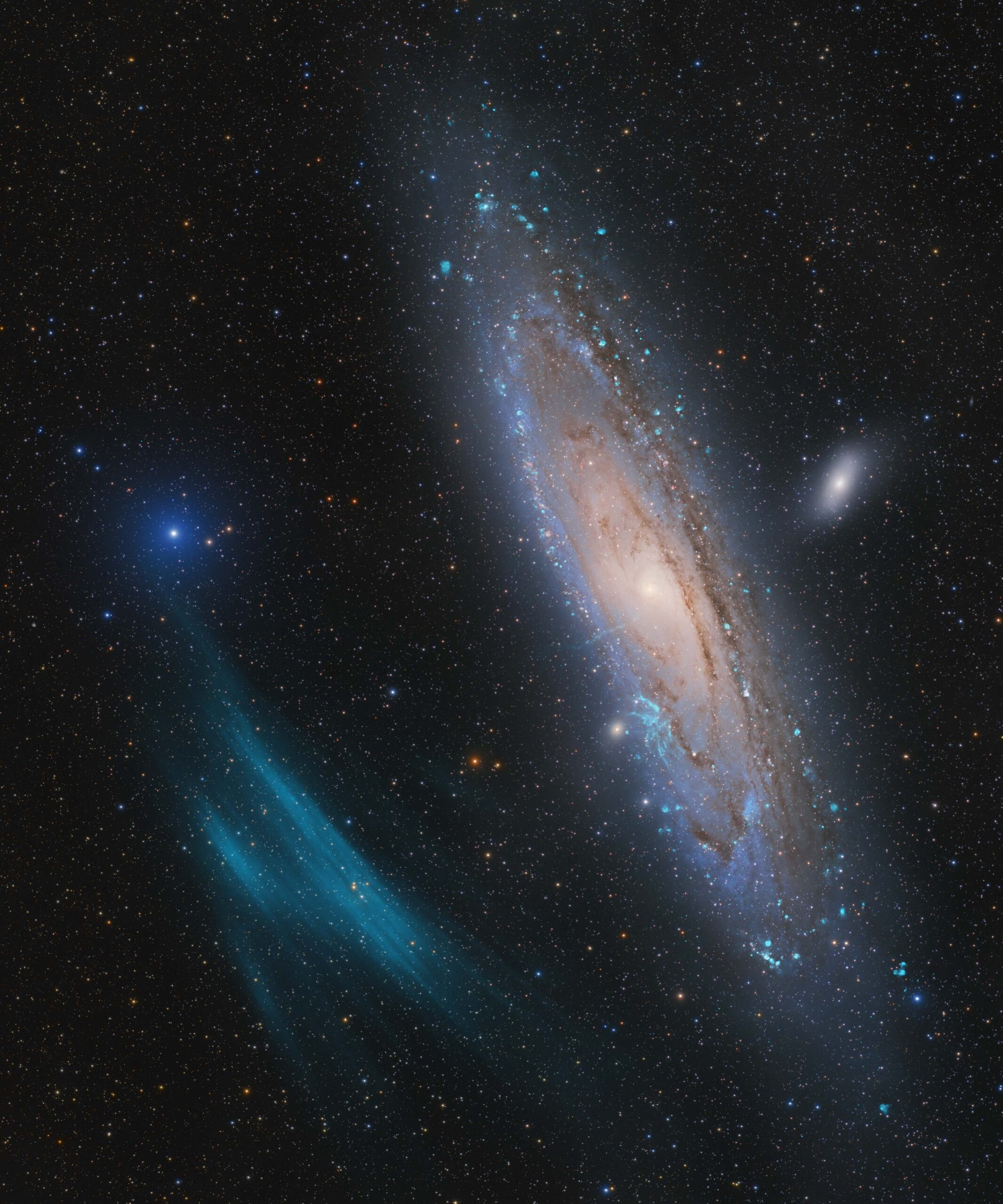
The winning photo of the Andromeda galaxy is called “Andromeda, Unexpected” due to the huge blue plasma arc that stands out next to our nearest galactic neighbor. According to the Royal Observatory, this plasma band was a discovery in itself, and scientists are studying it as possibly the largest phenomenon of this type in our universe.
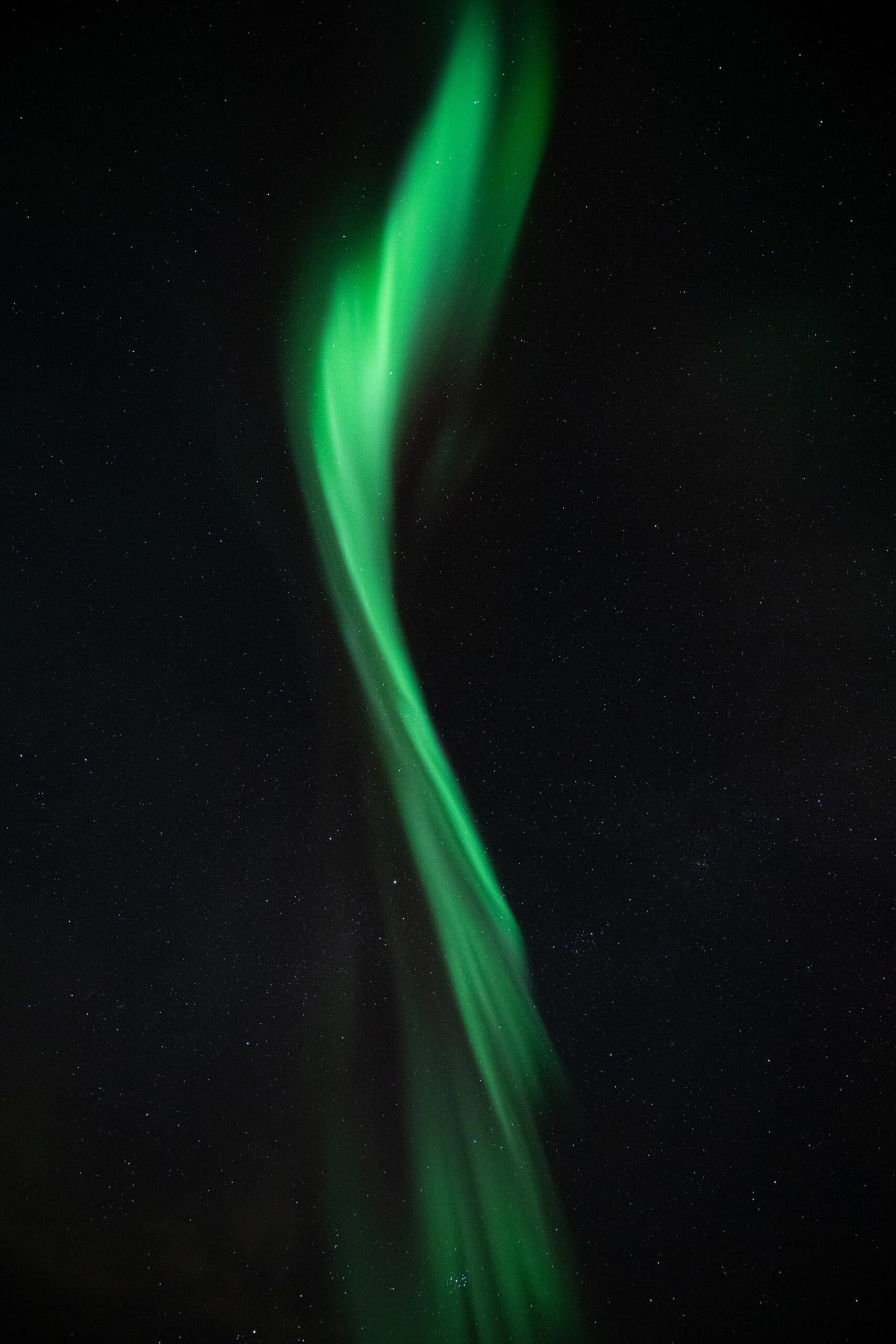
Monika Deviat from Canada won the competition for the best photo of the aurora with the work “Brushstroke”. The unusual nature of this aurora, according to the jury of the competition, takes it out of the usual earthly perspective, reminding of the art of painting and calligraphy. The picture turned out to be really impressive – at least now it can be safely put as a background picture on a smartphone.
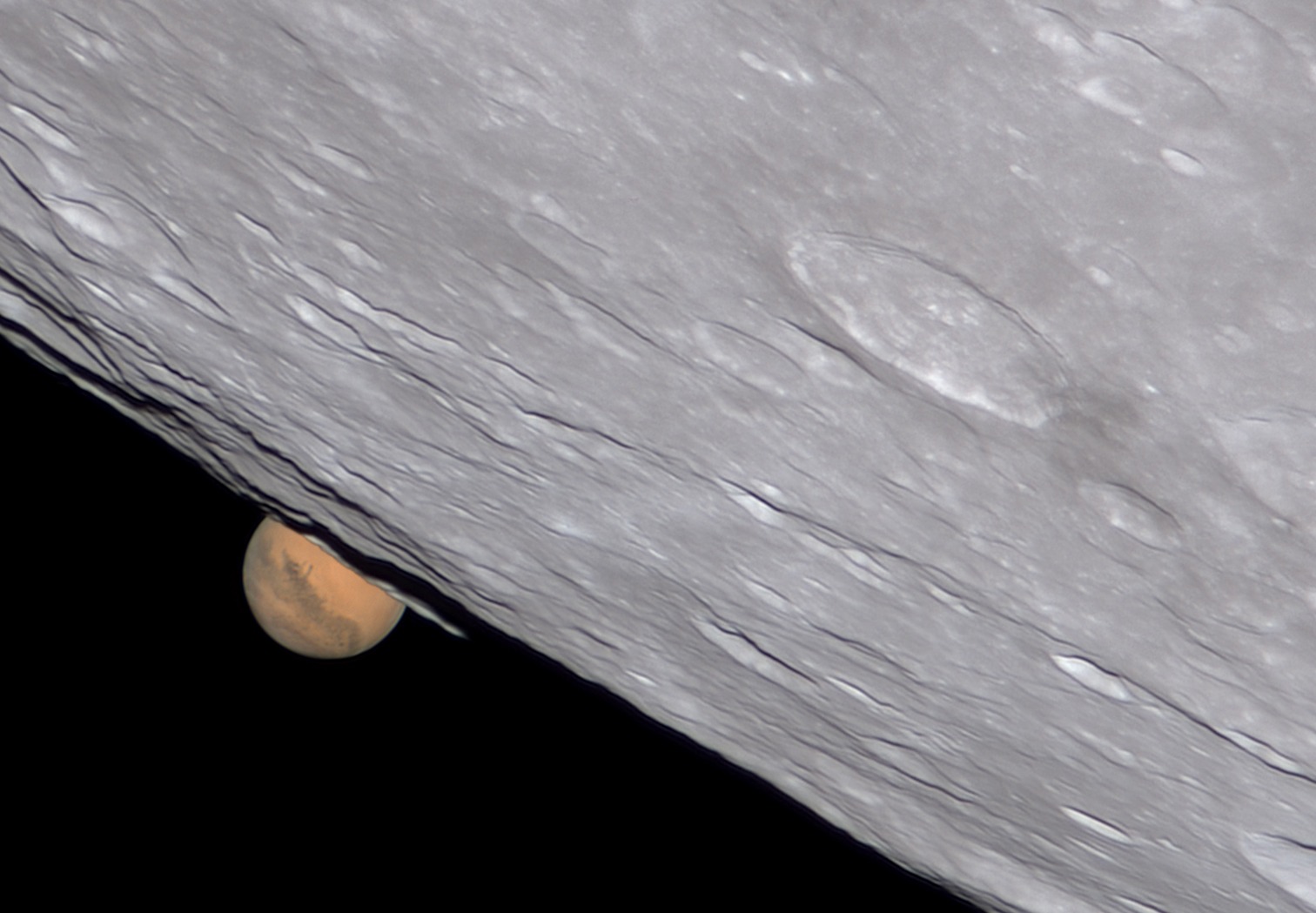
In December 2022, Ethan Chappel took this photo of Mars and the Moon during a rare occlusion. The image shows how the Red Planet sets behind the southern hemisphere of the Moon, shining brightly against the background of this rare astronomical event in Cibolo, Texas. In the photo where Mars sets behind the moon, seen from Cibolo, Texas, during occlusion on December 8, 2022. This rare astronomical event showed the Red Planet flare against the background of the Southern Hemisphere of the Moon.
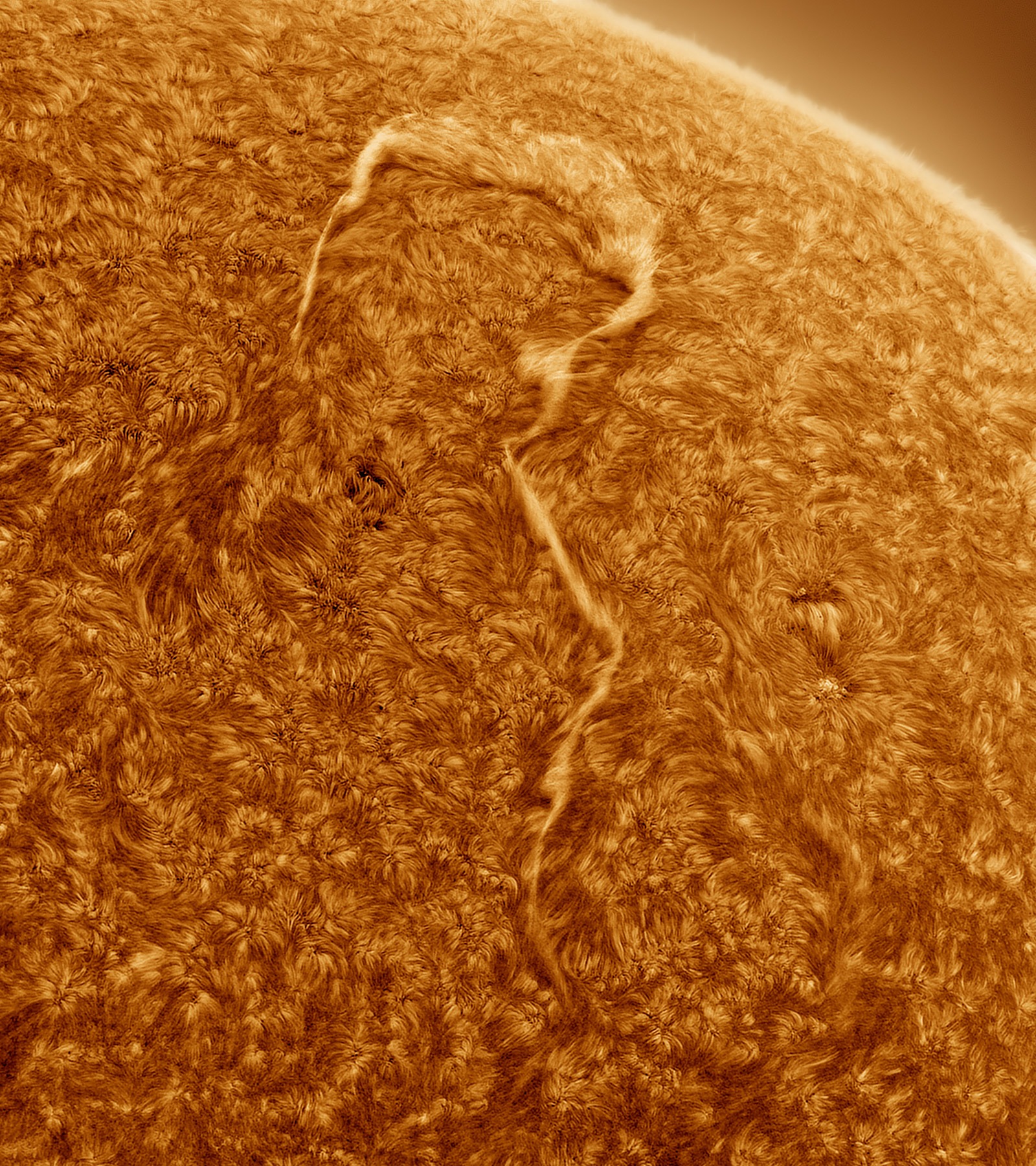
The photo titled “A Sun Question” was captured by Eduardo Schaberger Poupeau. This photo became the winner in the category “Our Sun”. The photo shows a large solar expressive filament, similar to the question symbol, emanating from the surface of the Sun – it helped to determine the name of the photo.
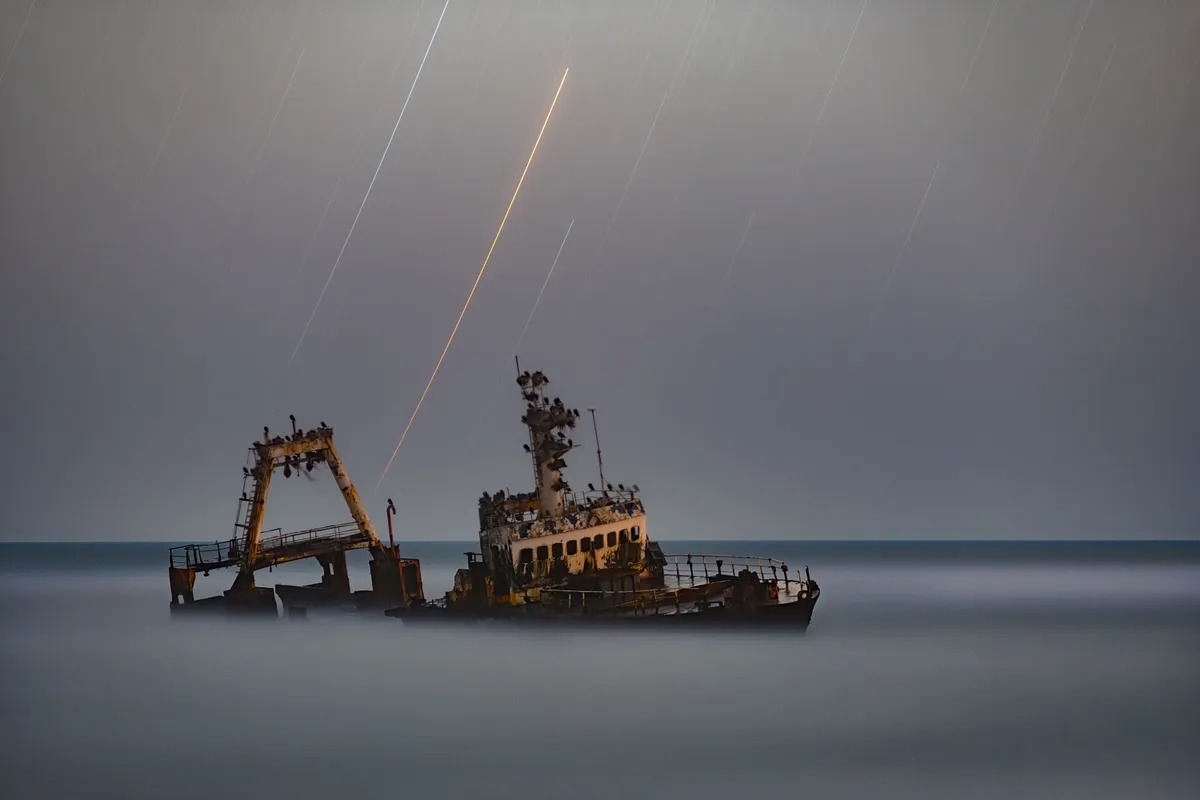
This photo was taken on the Skeleten Coast in the Atlantic Ocean by the author Vikas Chander. This stretch of coast in one of the coastal regions of Namibia has always been famous for its bad reputation due to unpredictable currents that can throw vessels aground. The name of this photo Zeila is also known as the name of the boat depicted in the picture. This vessel was stranded in 2008, and the foreground of this image shows fog with stars in the gray night sky scattered overhead during a 30-minute exposure.
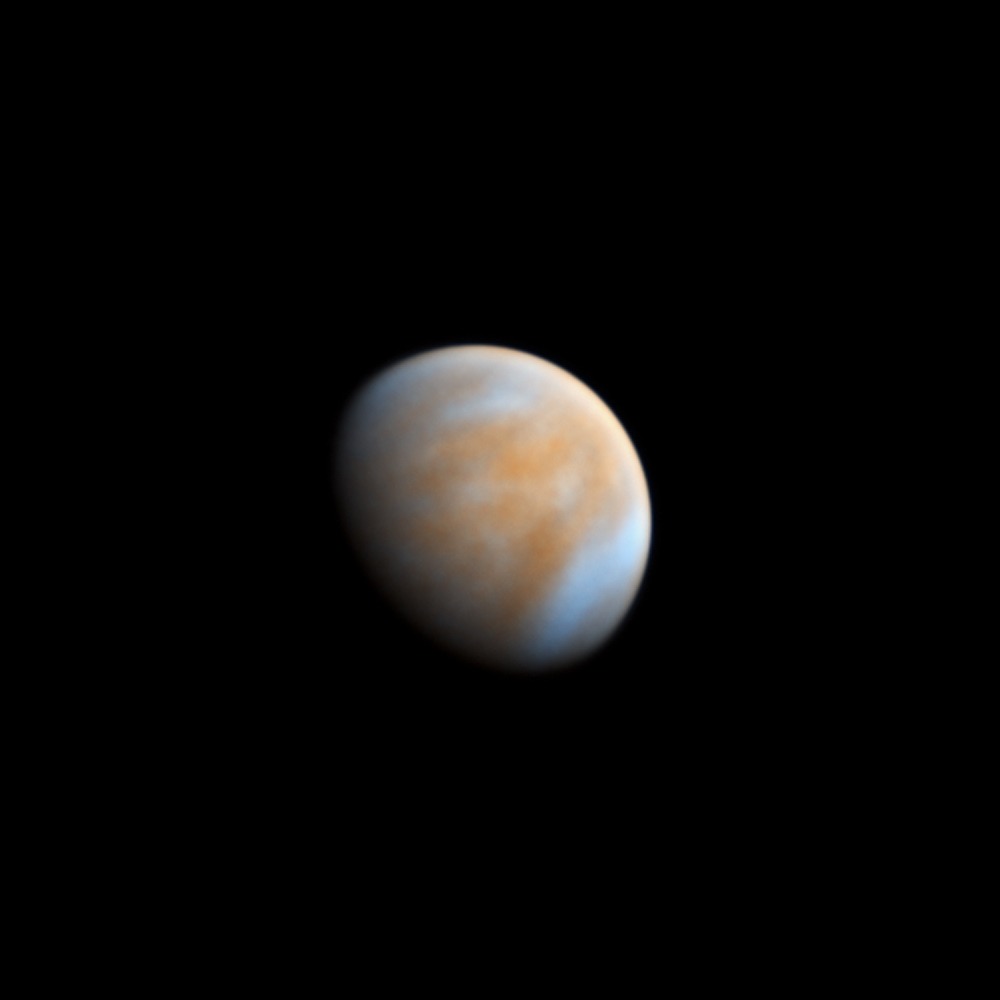
The photo “Suspended in a Sunbeam” is a color image of the planet Venus by photographer Tom Williams, which won in the category “Planets, Comets and Asteroids”. Using infrared radiation, Williams could isolate the details of the upper atmosphere of Venus, showing much more than can be seen with the naked eye.
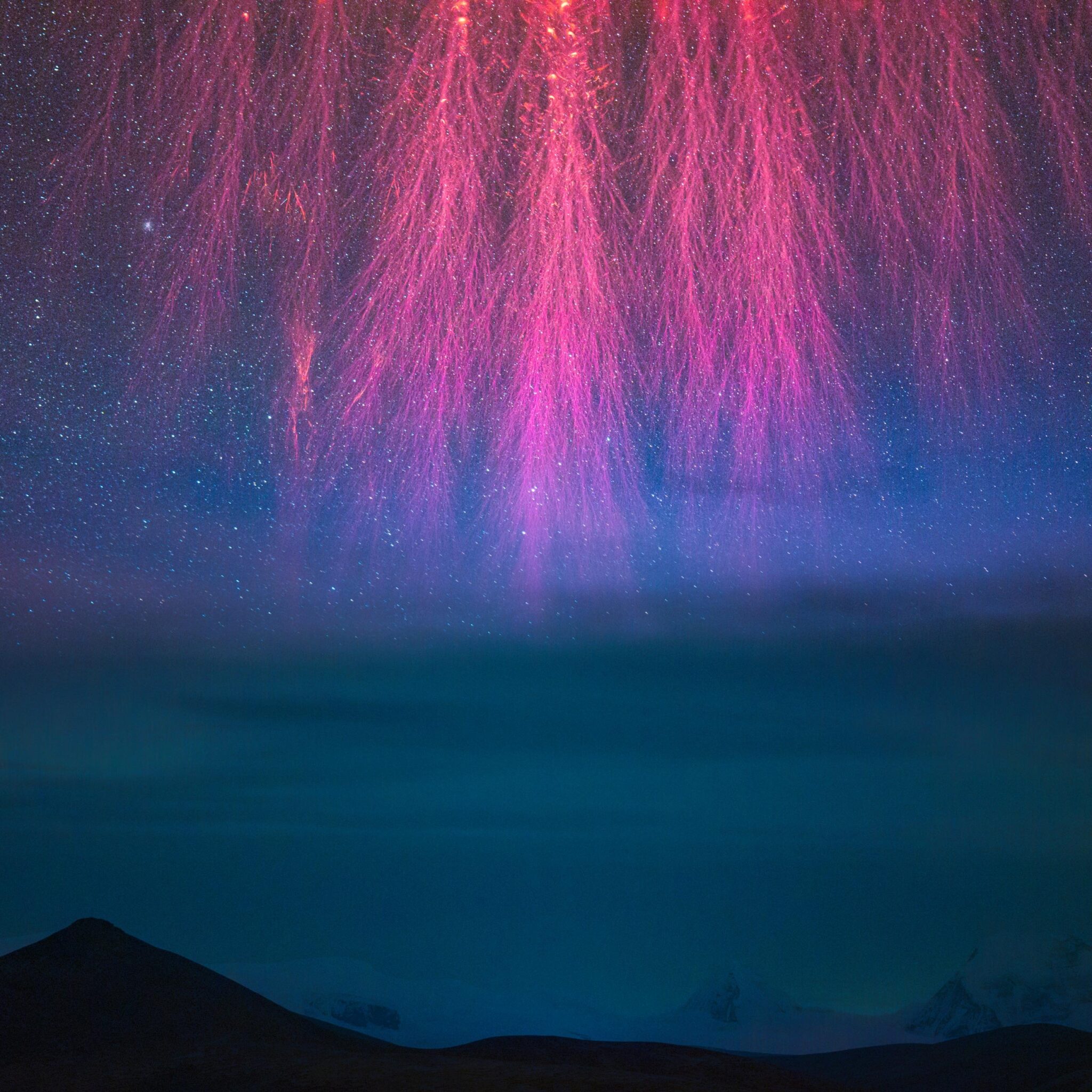
Extremely rare phenomena recorded in the “Grand Cosmic Fireworks” photo are called sprites. Sprites arise like lightning, high in the Earth’s atmosphere, and they are rarely seen from the surface of the Earth. Astronauts aboard the ISS are known to photograph sprites from time to time. This photo was taken from the highest ridge of the Himalayan Mountains.
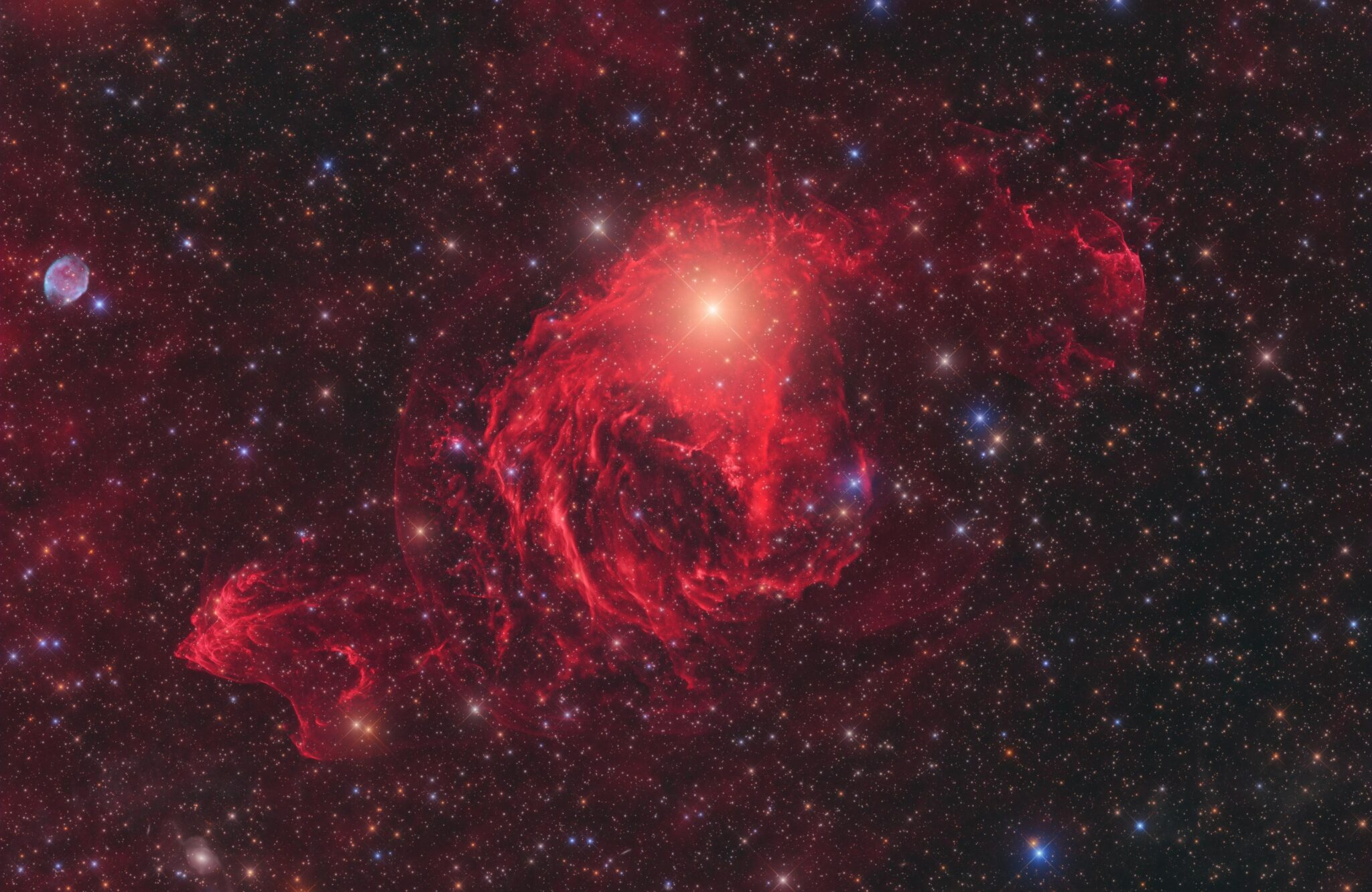
The shining star inside the red gas nebula was photographed by Marcel Drechsler and a team of amateur astronomers. In fact, the glow at the center of the gas is a pair of binary stars surrounded by a previously unknown nebula.
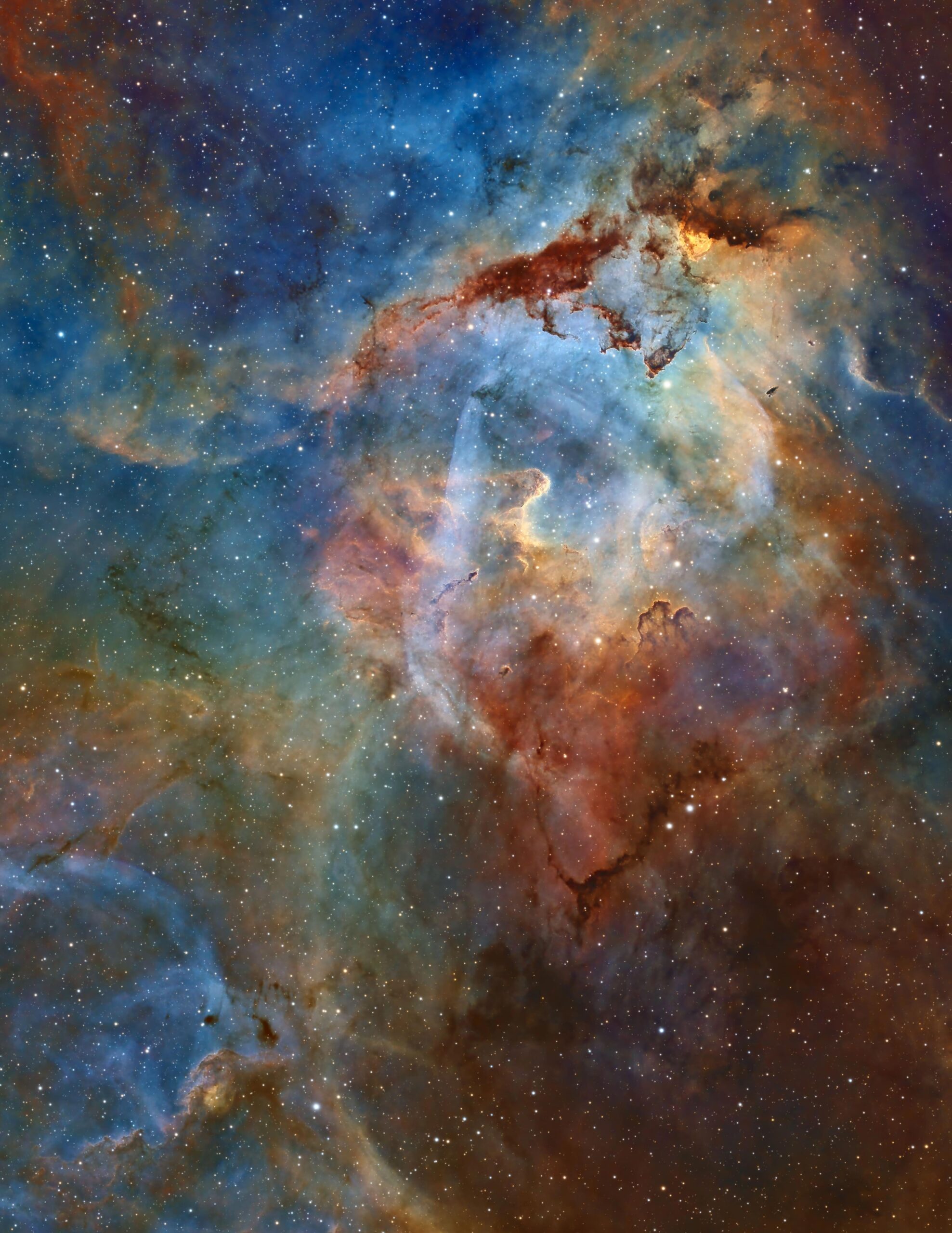
“Blinded by the Light” is a photograph of the Royal Observatory Greenwich, which won in the nomination “Best Newcomer”. The vivid image shows the Sh2-132 complex near the constellations Cepheus and Lacerta; it was created using 70 hours of data to merge together magnificent and colorful gas layers.
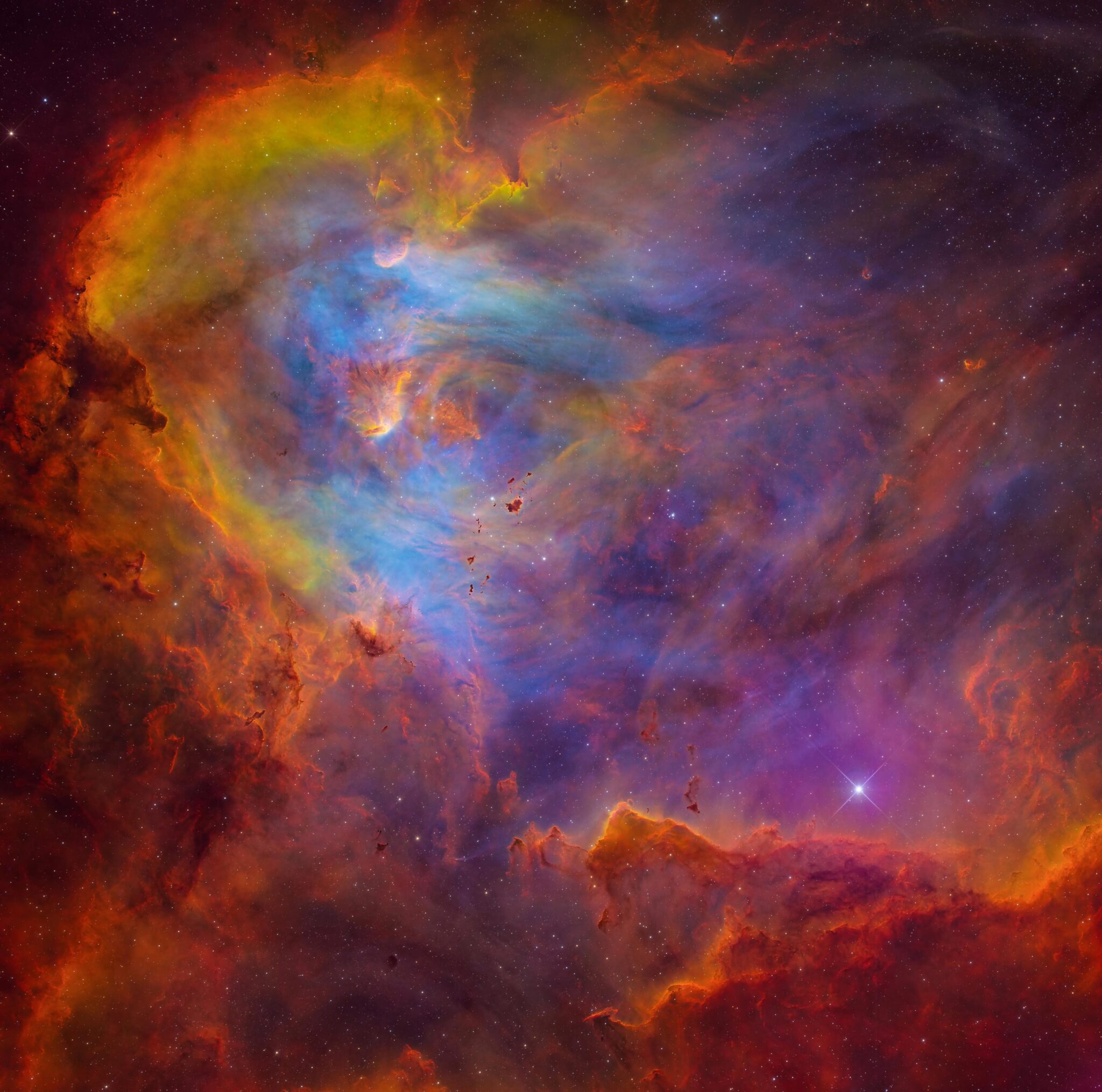
Runwei Xu and Binyu Wang became the best young astronomical photographers of the year thanks to the hypnotic combination of swirling cosmic colors of the IC2944 nebula, which is also known as the “The Running Chicken Nebula”. Young photographers took this image using a 1900-millimeter Newtonian telescope during 5.5 hours of exposure.

Photographer John White won the Innovation category with the Black Echo photo. Using the sound of a supermassive black hole in the center of the Perseus Galaxy recorded by the Chandra Sonification Project, White captured the vibrations of water in a Petri dish as it oscillated over the sound waves of the speaker.
All the winning photographs are now part of an exhibition at the National Maritime Museum in Greenwich, London.
Follow us on Twitter to get the most interesting space news in time
https://twitter.com/ust_magazine
